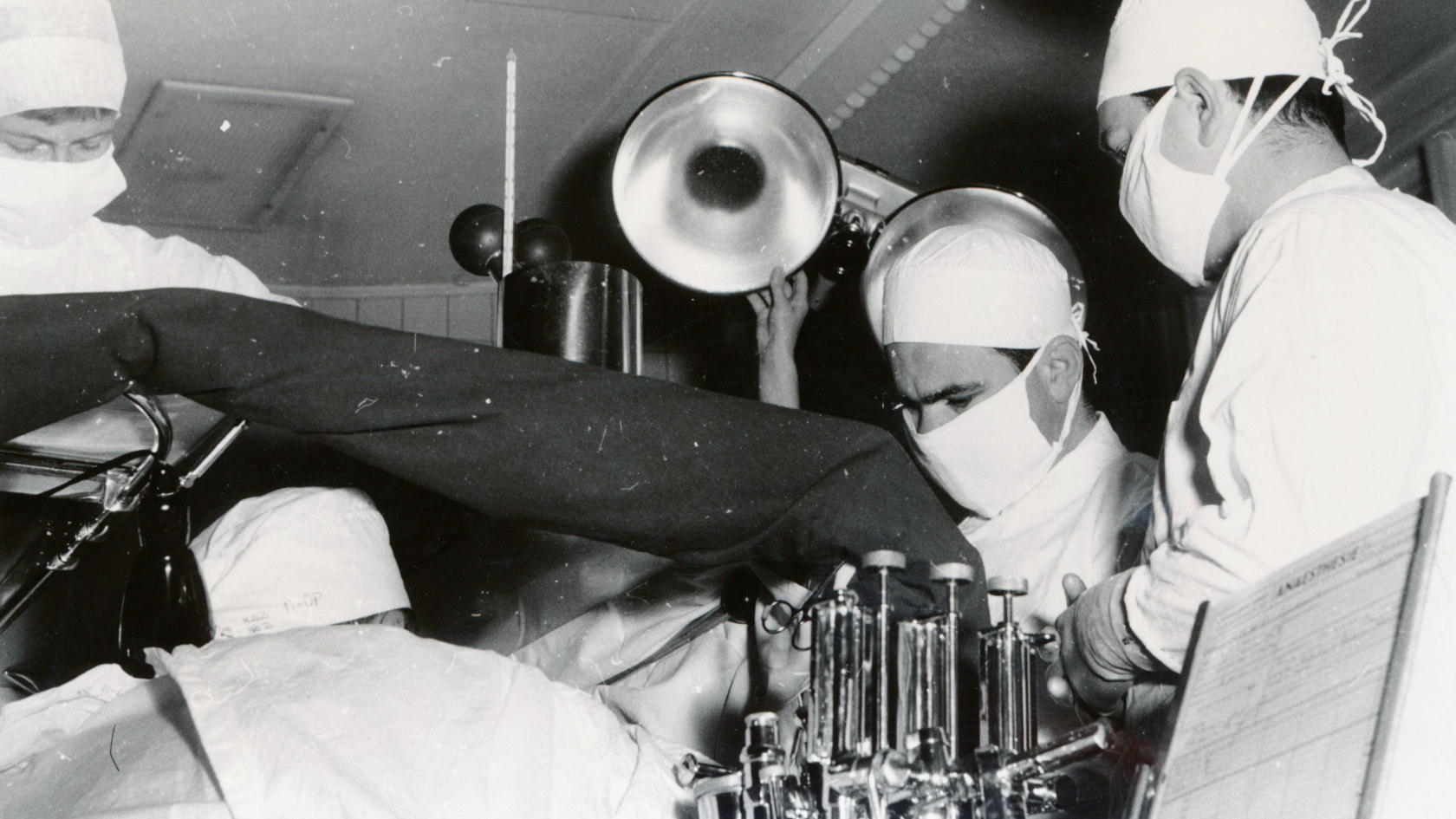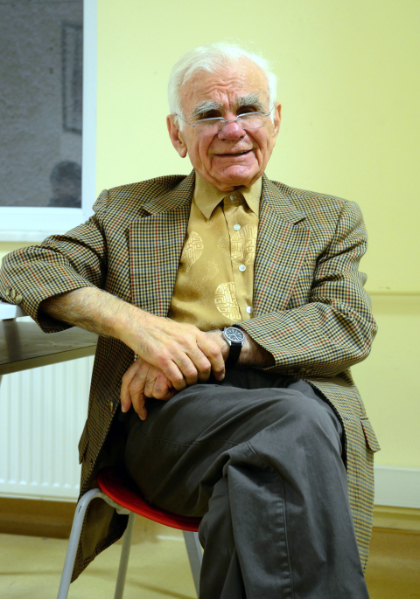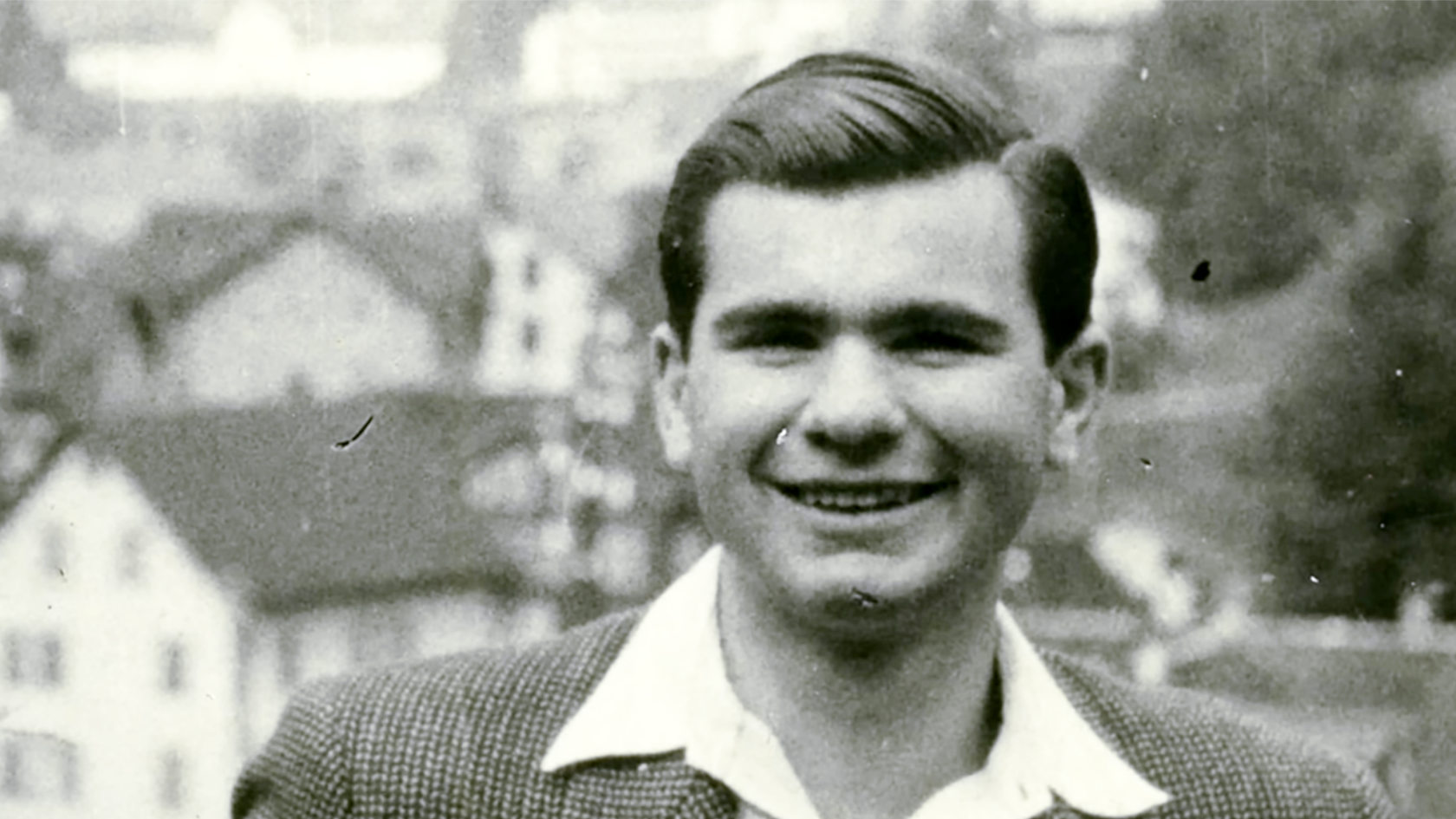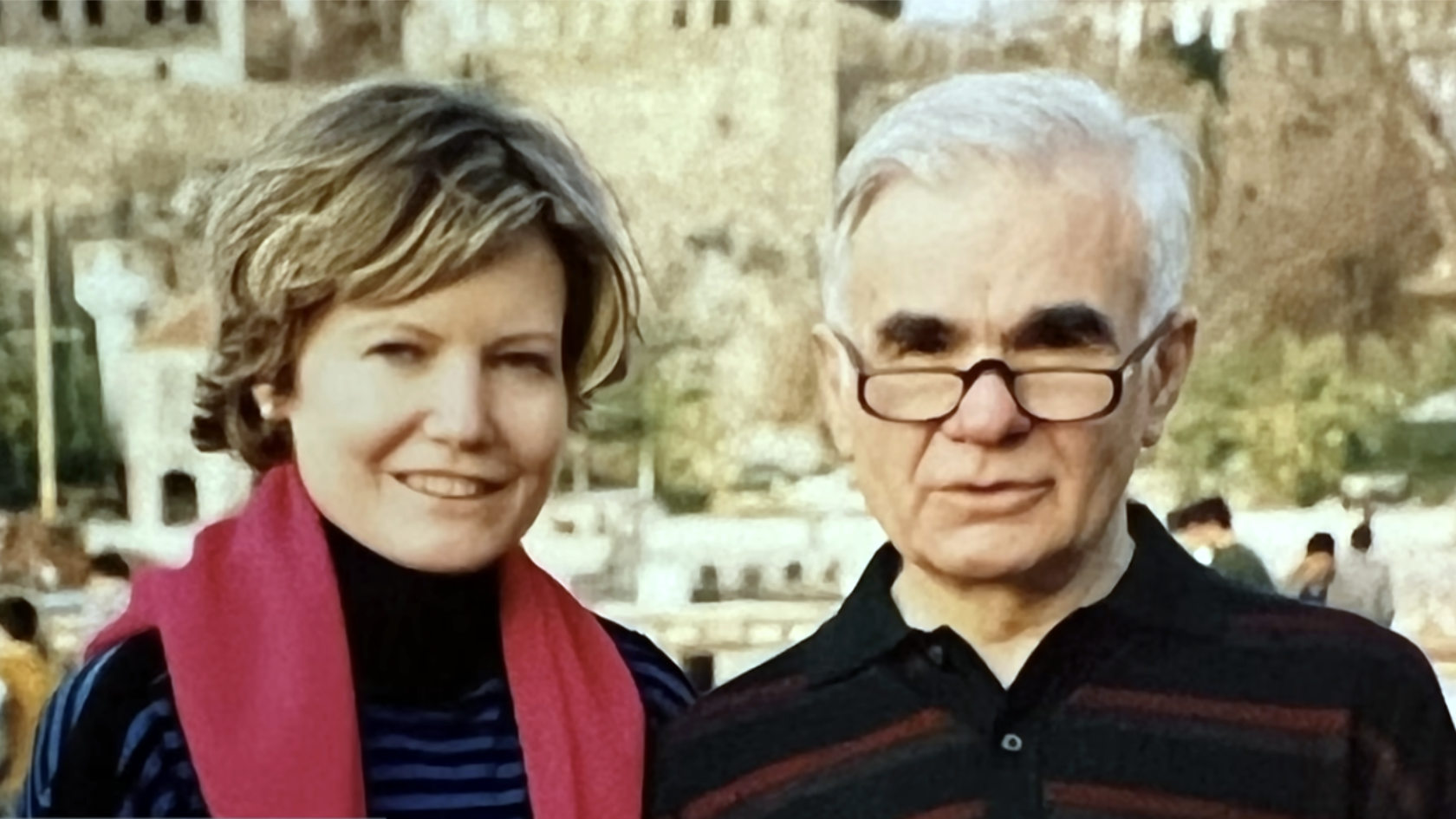Surgery as a “Conversation with Nature”
Professor M. Gazi Yaşargil, the iconic pioneer and father of microneurosurgery, passed away on 10 June 2025, just days before his 100th birthday.
In the world of neurosurgery, we have lost not only a towering figure but someone who, to many, was a dear friend, an inspiring teacher, a valued colleague – or all three. His legacy will endure not only in the operating room, but in the minds and hearts of all who were touched by his vision, mentorship and unwavering dedication to the healing arts.
M. Gazi Yaşargil was born in Lice, Anatolia, on 6 July 1925, at a time when the newly formed Turkish Republic was taking its first steps. His father served as a district governor, and the family moved to Ankara where he and his four siblings went to school. In 1944, he travelled to Europe to study Medicine, first in Jena, Germany, then to Switzerland, where he completed his studies in Basel between 1945 and 1949, graduating in 1950. Between 1950 and 1952, Yaşargil undertook training positions in psychiatry, internal medicine and general surgery, as well as a research role in neuroanatomy under the mentorship of Josef Klingler (1888–1963) in Basel. Driven by a strong aspiration to become a neurosurgeon, he began his neurosurgical training in 1953 under Professor Hugo Krayenbühl (1902-1985) – the founder of Swiss neurosurgery and one of the leading figures in this emerging specialty in Europe.
The rise of microneurosurgery
Between 1965 and 1967, during a research fellowship in Burlington under the supervision of Professor R. M. Peardon Donaghy (1910-1991), M. Gazi Yaşargil underwent transformative training that would shape the future of neurosurgery. It was under the microscope, practicing microvascular anastomoses and bypasses on vessels as fine as a human hair, that Yaşargil refined the exceptional manual dexterity that would become his hallmark. But more profoundly, this period revealed to him a fundamentally new way of perceiving – and thereby understanding – the brain.
At the time, neurosurgery was largely performed with the naked eye. The brain appeared as a soft, fragile mass, its deeper structures accessible only through cortical resections. Blood vessels lay hidden in inaccessible depths, navigable only through broad and often traumatic exposures. The microscope, however, offered an entirely different perspective. At the millimetric scale, the brain revealed a remarkably ordered architecture: cortical convolutions were interlaced with subarachnoid spaces, forming a rational grid of sulci, fissures and cisterns. Fine vascular networks followed these anatomical paths with elegant precision.

This microscopic perspective demystified the brain. It was no longer an intimidating, amorphous organ but a structured and analyzable entity. Surgical intervention, now guided by microsurgical principles, became less about confrontation and more about exploration – respecting natural corridors such as the cerebrospinal fluid spaces. This approach enabled access to deep-seated lesions without damaging healthy brain tissue.
Yaşargil often referred to this philosophy as a “conversation with nature,” urging his students and colleagues to “listen to nature.” Observation, interpretation and respect for natural pathways became central tenets of his operative strategy.
Milestones in microsurgery and worldwide recognition
A landmark moment came on 18 January 1967, when Yaşargil performed the first extracranial–intracranial (EC-IC) cerebral bypass in a human patient at the University Hospital of Zurich. This procedure marked the beginning of a new era in cerebrovascular surgery. From this foundation, his pioneering work expanded rapidly, encompassing numerous microsurgical milestones:
- treatment of cerebral aneurysms with bipolar coagulation and personally developed aneurysm clips,
- microneurosurgical treatment of arteriovenous malformations,
- the trans-sylvian amygdalo-hippocampectomy,
- trans-cisternal approaches to deep-seated intrinsic brain tumors,
- microneurosurgery of extraaxial tumors like craniopharyngeomas and vestibular schwannomas
- and the development of the concept of "pure lesionectomy," among others.
In 1973, Yaşargil was appointed full professor and became Chair of the Department of Neurosurgery at the University Hospital of Zurich. Under his leadership, the department emerged as a global center of excellence in neurosurgery. From 1973 until his retirement in 1992, over 3,000 neurosurgeons from around the world came to Zurich to observe, learn from him and got trained by Mrs Frick in his established microsurgical laboratory – many of whom would go on to assume leadership roles in their home countries and help propagate microneurosurgical techniques globally. For future generations he embedded all his thoughts, observations, experiences, concepts and knowledge into his multivolume book series Microneurosurgery, beautifully illustrated by the artistic drawings of Mr. Roth.
Active mentor, teacher, researcher – even in retirement
After nearly four decades at the University Hospital of Zurich, Professor Yaşargil retired as department chair in 1992. He subsequently moved to the United States, where he continued his academic and clinical work as a professor of neurosurgery at the University of Arkansas for Medical Sciences in Little Rock. Since 2013, he had been affiliated with the Department of Neurosurgery at Yeditepe University in Istanbul, where he held the position of Professor of Neurosurgery. Even in his later years, he remained an active mentor, teacher and researcher – continuing to shape the field he helped define.
Together with his wife Dianne they decided to return to Switzerland in May 2024. On 10 June 2025, surrounded by the caring attentions of his loved ones, he passed away at his home in Stäfa.
In recognition of his outstanding achievements, Prof. Gazi Yaşargil has been honored with numerous international scientific awards, honorary professorships and honorary doctorates from several universities, honorary memberships in professional societies and several honorary citizenships. In spring 2025, the American Association of Neurological Surgeons (AANS) honored Professor Yaşargil with the prestigious Distinguished Service Award, a recognition of exceptional clinical excellence, research, teaching, leadership and mentoring.
To each their own Yaşargil

As is befitting of a great figure in history, all of us in the neurosurgery department in Zurich, as well as in every other neurosurgery department, carry a cherished memory of our encounters with M. Gazi Yaşargil. Every neurosurgeon has a photo with him or at least a quote, an anecdote or an autographed book of his. Some cherish the memory of a long friendship. We all carry an indelible impression.
We remember his attentive gaze and observing nature as well as his humanity. The suspended, concentrated gaze of a tenacious investigator who relentlessly pursues clues and seeks connections between the elements of a problem, determined to find a rationale, an architecture for every manifestation of the natural world, with an insistence that sometimes hinted at the possibility of metaphysics. At the same time, his gaze was also capable of lighting up with joy when he reached a synthesis, an intuition or the discernment – and, conversely, of completely abstracting itself from the surroundings when the latter was lacking.
He had a strong, resilient, hard-working spirit, maybe even harsh on some occasions, but he was also capable of recognizing, encouraging and defending talent. This is written in the individual destinies and careers of the countless people whose lives were marked by their encounter with and advice from Professor Yaşargil. It is impossible to list them all, and unfair to mention only a few: neurosurgeons, of course, but also neuroradiologists, neurologists, skull base surgeons, otolaryngologists, ophthalmologists, anesthesiologists, anatomists, ward and operating room nurses, scientific illustrators, artists, musicians, politicians – the list could go on for pages and pages.
Strong ties to Zurich
M. Gazi Yaşargil remained closely associated with the Department of Neurosurgery at the University Hospital Zurich. As a pioneering innovator, master surgeon and inspiring teacher, Professor Yaşargil has shaped the world of neurosurgery like no other. The instruments and microsurgical techniques he developed were groundbreaking, revolutionizing the field and giving countless patients a new lease on life. His inventions are still in use today and have become indispensable tools in modern neurosurgery.
Countless young surgeons had the privilege of getting to know this globally respected pioneer, tireless teacher, visionary promoter of their field and passionate physician in person. Of course, we may feel more alone without him. But it is precisely thanks to him, to his clear, concise and rigorous words that we feel even stronger in our desire to “keep going” and further develop the teaching in his spirit. The University of Zurich and the Department of Neurosurgery remain grateful for his legacy.

